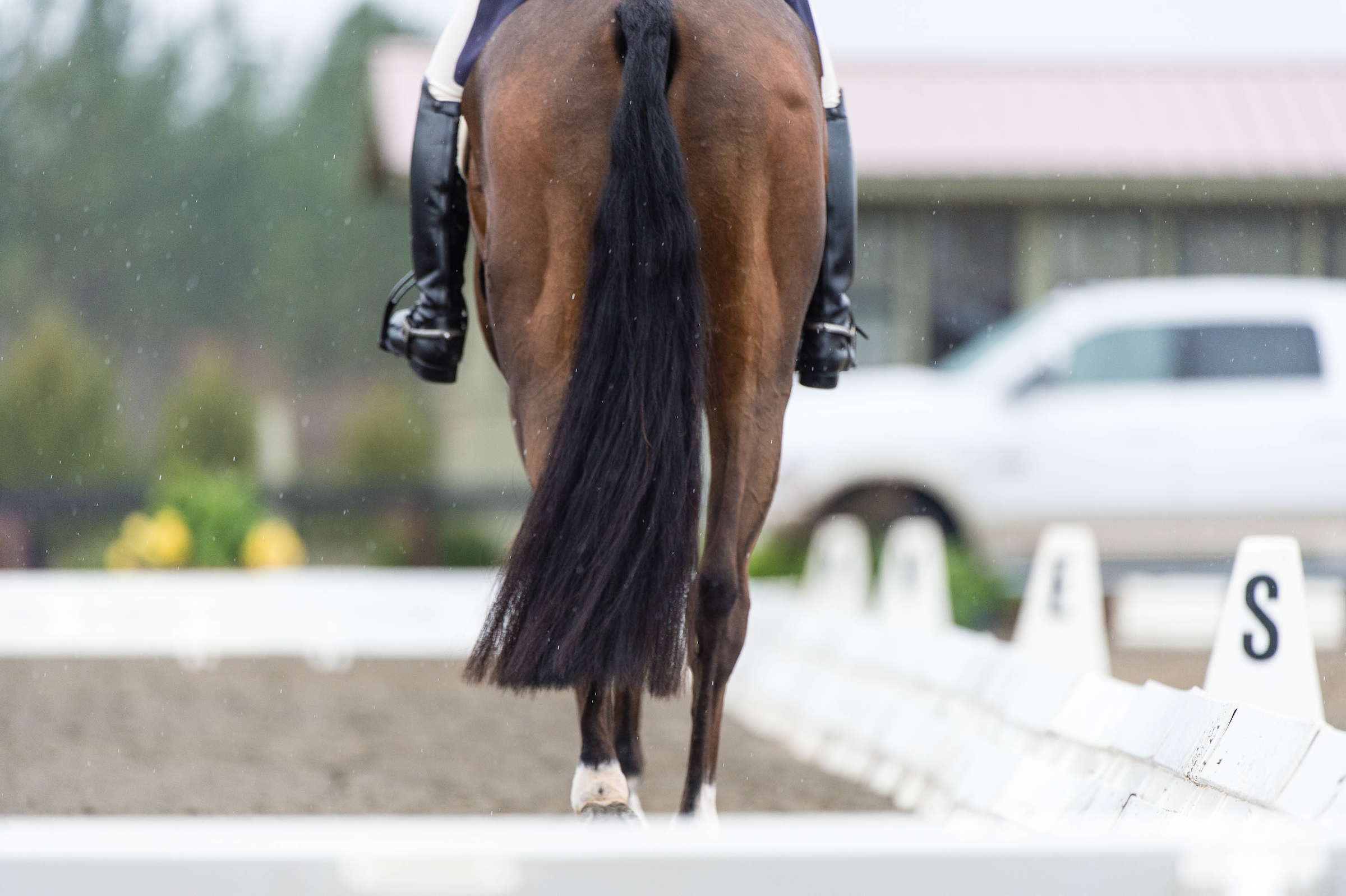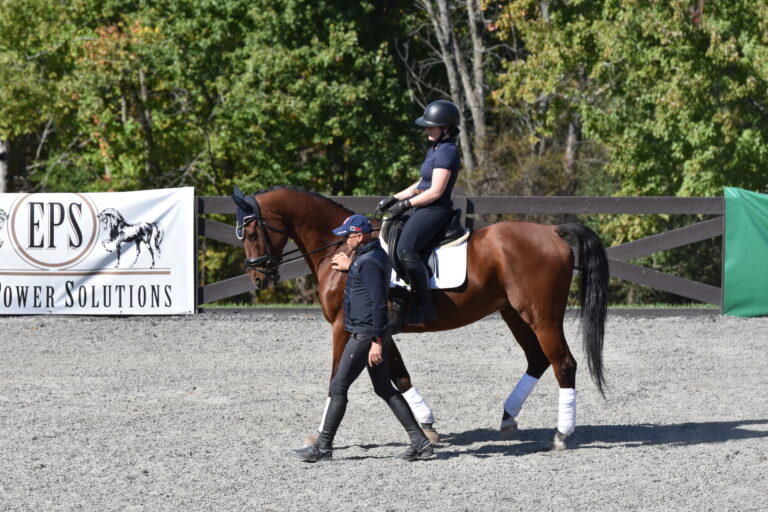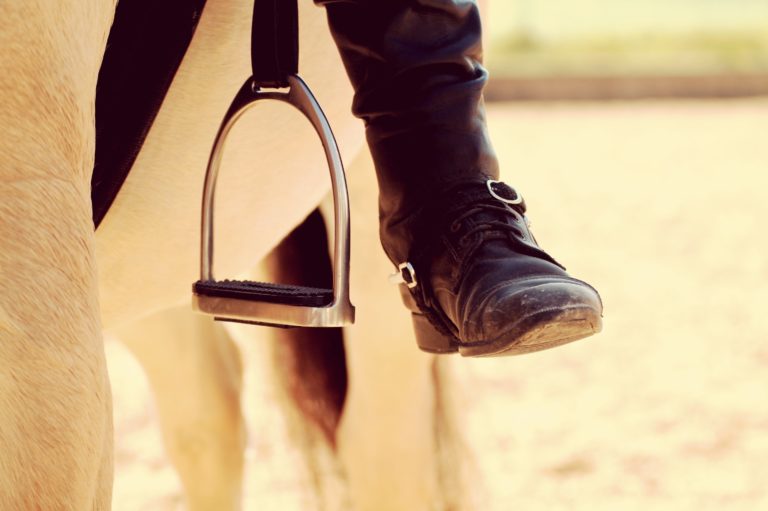I was lucky to grow up with good riding instructors, and they taught me that the horse’s hindquarters are his engine. The horse must learn to carry himself from his hind legs, push himself forward and be active. I just wish that I had understood earlier how right they were and how important this is. This is a huge piece in the puzzle of learning how to ride and allowing the horse to understand what the rider wants.

Horses are born with more weight on their front legs and are normally wider behind. The goal is to make those legs travel closer together, carry more weight and sit more, so the horse can carry himself freely in front. The only way to do this is to strengthen the hind legs and back. The principle is that of a powerboat: When the boat’s engine increases power, we can actually see the back of the boat become lower as the front rises up out of the water. You can have the prettiest speedboat in the world–but without a powerful engine, you can’t get that boat’s bow out of the water.
When riders talk about “riding forward,” they mean a certain type of forward—one that is generated from a powerful engine behind. There are all kinds of incorrect “forwardness.” For example, if you just ride your horse forward without creating something to reach into in the front, he will take longer steps with his front legs but leave his hind legs out behind, and he will become long like a moose.
If, on the other hand, you ride too long and low, letting your horse run on the buckle or pull the reins out of your hands and thinking that letting him stretch is good for his back, you will not only get your horse on the forehand, you will stress his front legs. Letting the horse run around on the buckle is not stretching him; rather, he will move more like a bloodhound, with the hind legs still way out behind.
Also, horses can have spectacular front-leg action without using the engine behind. These horses trot more with their front legs than their hind legs, so don’t be deceived by it. This can also be true at the canter. But the spectacular front end tells only half the truth.
To me, it doesn’t matter if you have a show jumper, event horse or dressage horse. Riders of all disciplines have to work and look at one thing: the importance of the horse’s hind legs. So how do we get that hind end going and rev it up for optimal power? Apart from achieving a feel for the connection between the hind legs over a soft but strong back into the rider’s hand, the use of exercises such as transitions within and between gaits, half halts, always riding a little forward and back—always playing the horse between the aids—is key. Riding hills and over cavalletti helps as well. Look for the feel that your horse is taking you forward like a powerboat, lowering his haunches and coming up in front. Think of riding the hind legs, the hocks and the tail and get the hind legs to march forward under you. Your horse also has to remain forward in direction, as he must continue to take you somewhere.
I wish that we dressage riders did not make everything so complicated, because people need to learn how to just ride without being overwhelmed by the technical aspects. However, creating an awareness for these details is the first step in putting things together. How can anyone learn to read without learning the alphabet? Knowing your basics will enable all riding and knowing the health of your horse will enable him to last longer, jump higher and be safer and more fun to ride.
Mette Rosencrantz has a degree in physical education and was twice a member of the Swedish national dressage team. With Basquewille, she was the U.S. Dressage Federation regional champion in 2006 and won the 2007 World Cup Invitational Grand Prix. She trains in Topanga, California. Her website is www.metterosencrantz.com.











